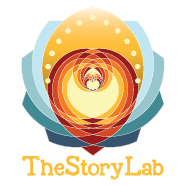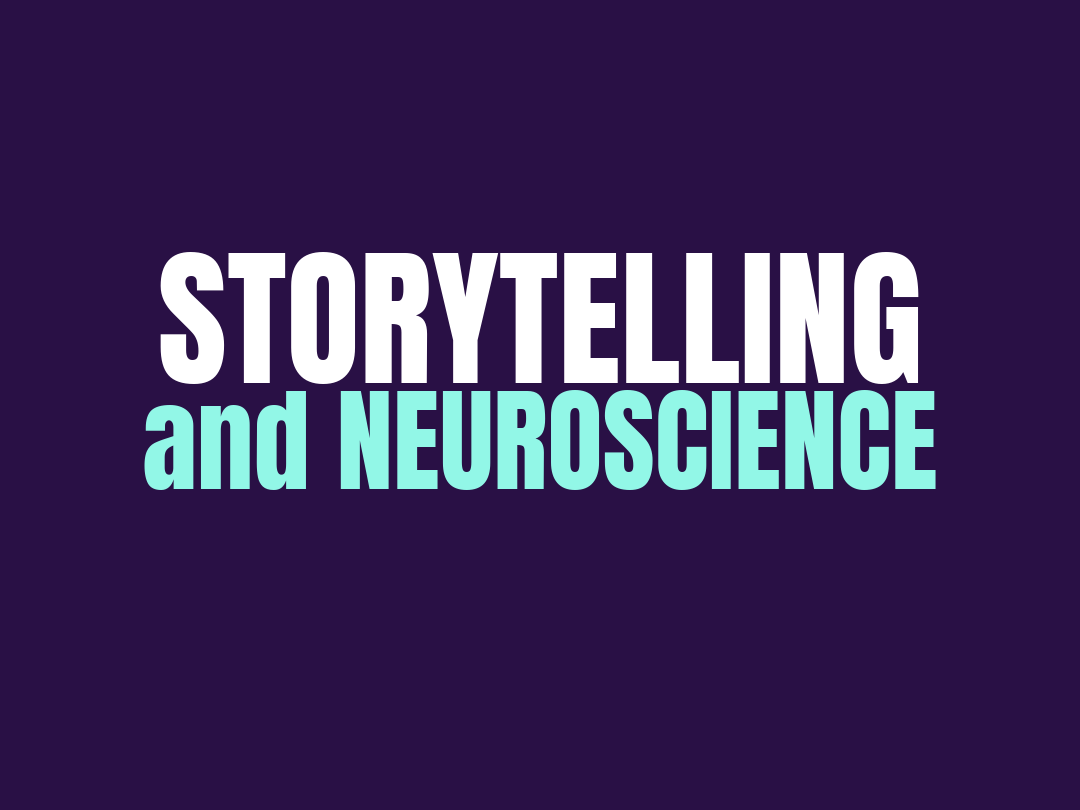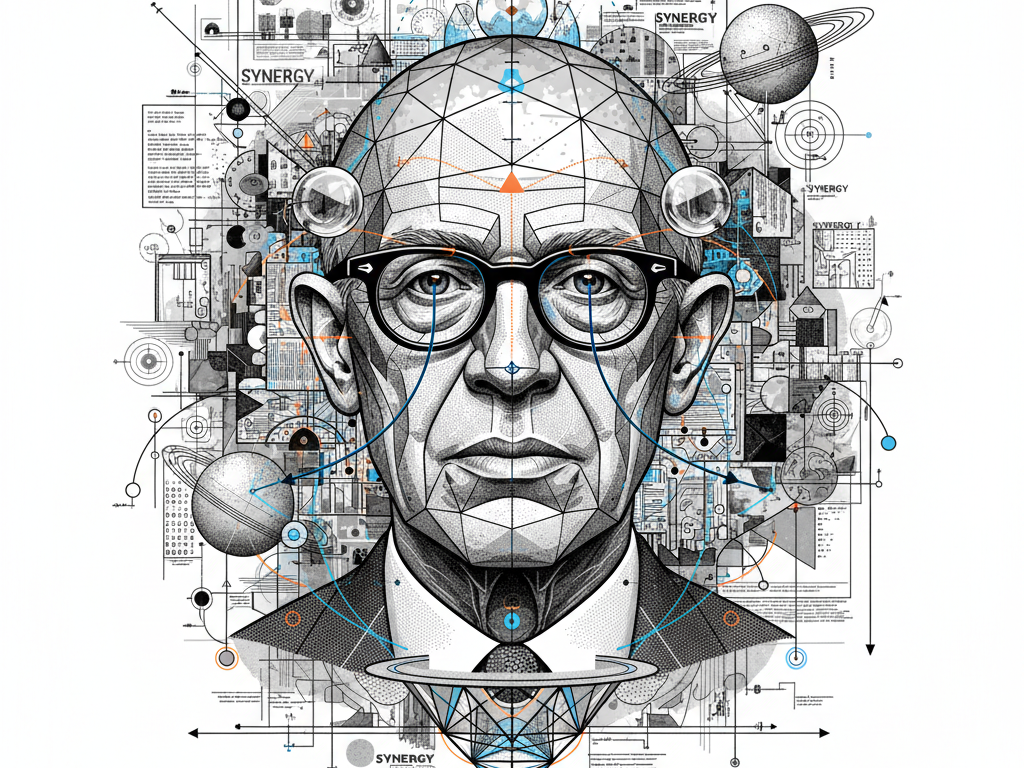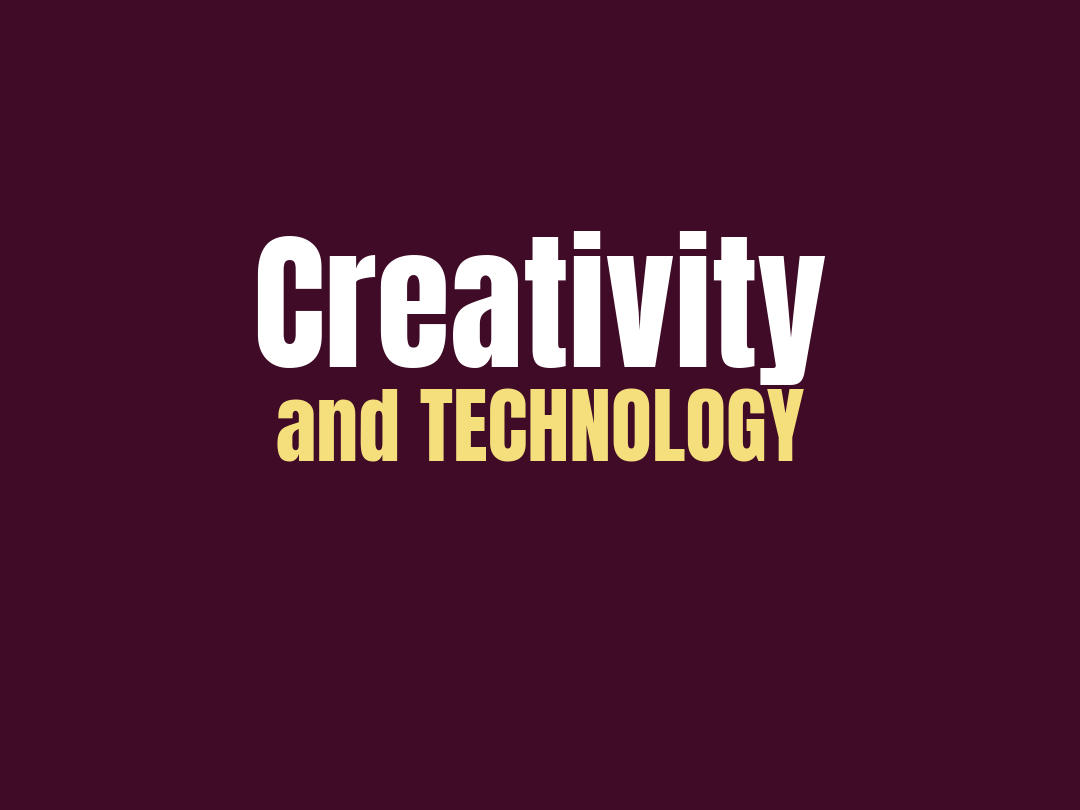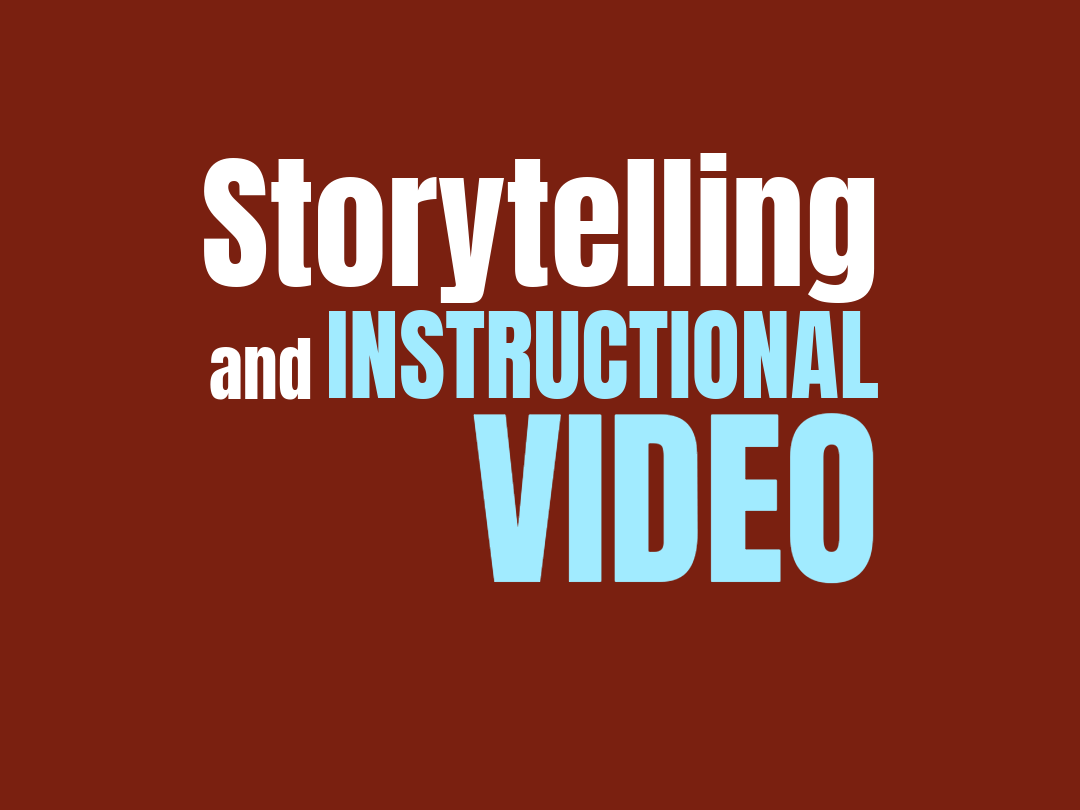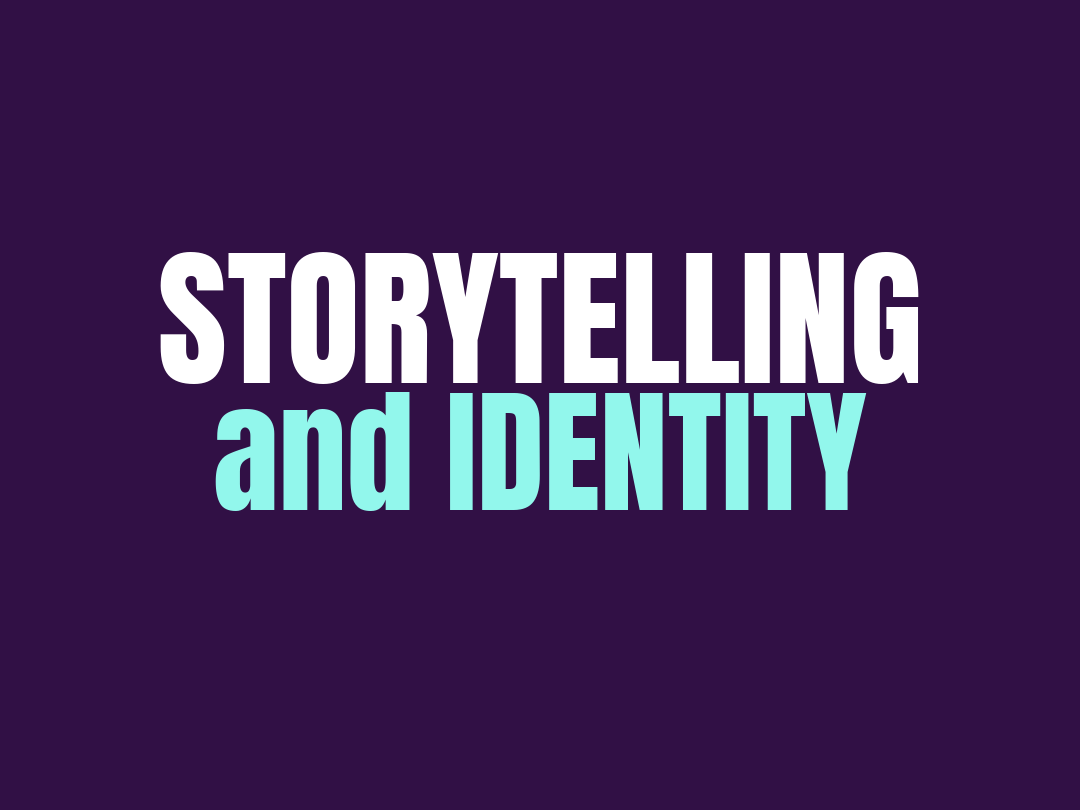Engagement and Good Design: Experiences for People
Effective learning experiences hinge on thoughtful design and active engagement. In the field of educational technology and instructional design, engagement refers to learners’ cognitive, emotional, and behavioral investment in the learning process. Designers play a pivotal role in fostering this engagement through well-structured, meaningful, and interactive experiences.
Image created with FireFly Image 3
Design and Cognitive Science: Bridging the Gap Between Mind and Experience
The intersection of design and cognitive science has led to significant advancements in creating intuitive, user-centered products and learning environments. Cognitive science, the study of how the mind processes information, offers valuable insights into how individuals perceive, learn, and interact with the world. By applying principles from cognitive science, designers can create experiences that enhance usability, engagement, and overall effectiveness.
Cognitive Principles in Design
Understanding how the human mind works is essential for effective design. Key cognitive principles such as attention, memory, and mental models shape how users interact with technology. Norman (2013) highlights that users rely on mental models—internal representations of how systems function—to navigate interfaces. Designers can support these models by creating consistent, predictable environments that reduce cognitive load. Well-designed experiences captivate attention, promotes meaningful interactions, and create lasting impressions. Lets consider how engagement principles integrate into good design, supported by theories and research from cognitive science, user experience (UX) design, and educational psychology.
Image created with FireFly Image 3
Defining Engagement in Design
Engagement in design refers to the level of involvement, interest, and emotional investment a user experiences while interacting with a product or environment. According to Csikszentmihalyi (1990), engagement arises from a state of “flow,” where individuals are fully absorbed in an activity that challenges them while matching their skill level. This balance of challenge and ability is key to fostering deep, sustained engagement.
Engagement as Participation (Education Perspective) Incorporate pedagogical theories such as active learning, constructivism, and social learning to create deep, meaningful educational experiences (Fredricks et al., 2004). Use collaborative tasks, reflective assignments, and peer interactions to foster continuous learner involvement.
The Role of Cognitive Science in Engagement
Cognitive science informs how designers shape engaging experiences by considering attention, memory, and motivation. Kahneman’s (1973) model of attention allocation highlights how limited cognitive resources must be managed through clear visual hierarchies and reduced complexity. Designers can also leverage cognitive load theory (Sweller, 1988) by simplifying navigation and chunking information to maintain focus.
Storytelling and Narrative Design Use storytelling techniques from media design to build emotionally compelling learning narratives. Integrate educational storytelling to enhance understanding and retention (Brown, 2009).
Image created with FireFly Image 3
Conclusion
Engagement in design is achieved by balancing aesthetics, functionality, and user-centered principles while leveraging cognitive science insights. By creating intuitive, interactive, and contextually meaningful experiences, designers can capture and sustain users’ attention, resulting in more engaging and satisfying interactions, maximizing retention and motivation.
References
Norman, D. A. (2013). The design of everyday things (Revised and expanded ed.). Basic Books.
Csikszentmihalyi, M. (1990). Flow: The psychology of optimal experience. Harper & Row.
Kahneman, D. (1973). Attention and effort. Prentice-Hall.
Fredricks, J. A., Blumenfeld, P. C., & Paris, A. H. (2004). School engagement: Potential of the concept, state of the evidence. Review of Educational Research, 74(1), 59-109.
Sweller, J. (1988). Cognitive load during problem-solving: Effects on learning. Cognitive Science, 12(2), 257-285.
Brown, T. (2009). Change by design: How design creates new alternatives for business and society. HarperBusiness.
